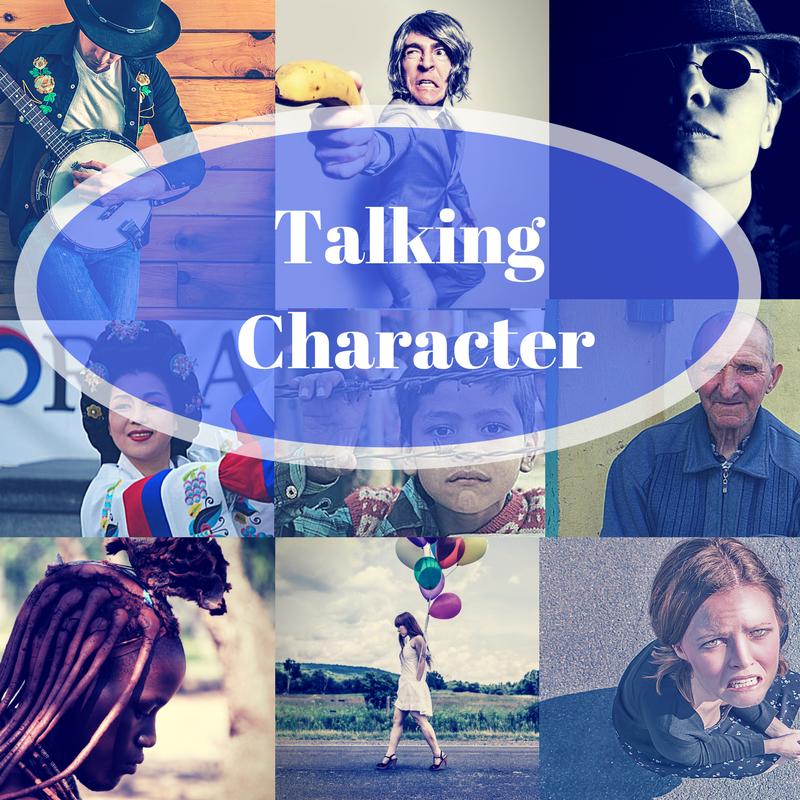In any good story, the protagonist can only achieve her external story goal by first overcoming a deep inner issue. (Her character arc is her journey to discover, wrestle with, and overcome this issue.)
What is this inner issue?
A belief or fear that gives her a skewed view of the world. In other words, her inner issue is a big fat Lie she believes, a Lie that leads her to act in ways that are unwise—and will ultimately lead to her failure unless she confronts the Lie and discovers a better truth.
Where does this inner issue come from?
Somewhere in your character’s past he encountered a traumatic event, or Wound, which initiated his skewed thinking. This does not mean your character must have been abused or suffered severe trauma. The Wound might be a broken promise, or a word of condemnation, anything that incites the character to believe some lie about himself or how he must survive in his world.
You must know precisely when, and why, your protagonist’s worldview was knocked out of alignment. Lisa Cron in Wired for Story
If you know what initiated your character’s belief in the Lie, you’re halfway to helping him overcome it. K. M. Weiland in Creating Character Arcs.
An Example:
In my current manuscript, a Roman aristocrat named Avitus was badly burned as a youth, and as a result his face, chest and left arm are scarred. Because of this scarring, he was ridiculed and rejected by the peers who had once been his friends.
That rejection is his Wound. It caused him to believe that he was ugly and unlovable (the Lie). To protect himself from further rejection, he became a loner, only trusting others who, like him, have been rejected in some way.
However, a stipulation in his father’s will requires him to marry before he can inherit his share. So long as he remains in his skewed worldview—where he believes he is unlovable—he will remain safely behind his wall of dispassionate self-control.
In order to win the respect of his potential spouse, he must realize that it is the Lie that made him unlovable, not his scars. Only by dropping his mask of indifference and becoming vulnerable can he hope to convince her to marry him.
Further thoughts on your character’s Wound
- Identifying a specific wounding event helps the writer create a more authentic character.
- The Wound often lies in the past, long before the story starts, although in some cases the Wound occurs in the early scenes of your story.
- The more skewed the character’s worldview (the bigger the Lie), the more serious the Wound must be.
- In some cases, the character’s wound is revealed as the story progresses. In others the readers never learns about the Wound, but it still informs how the character behaves.
[bctt tweet=”What big fat Lie does your character believe, and what Wound initiated this belief? #amwriting” username=””]






2 Comments
Lisa, Great article. I learn so much from you. Thanks.
There is always something new to learn about characters, isn’t there? Thanks for the encouragement.